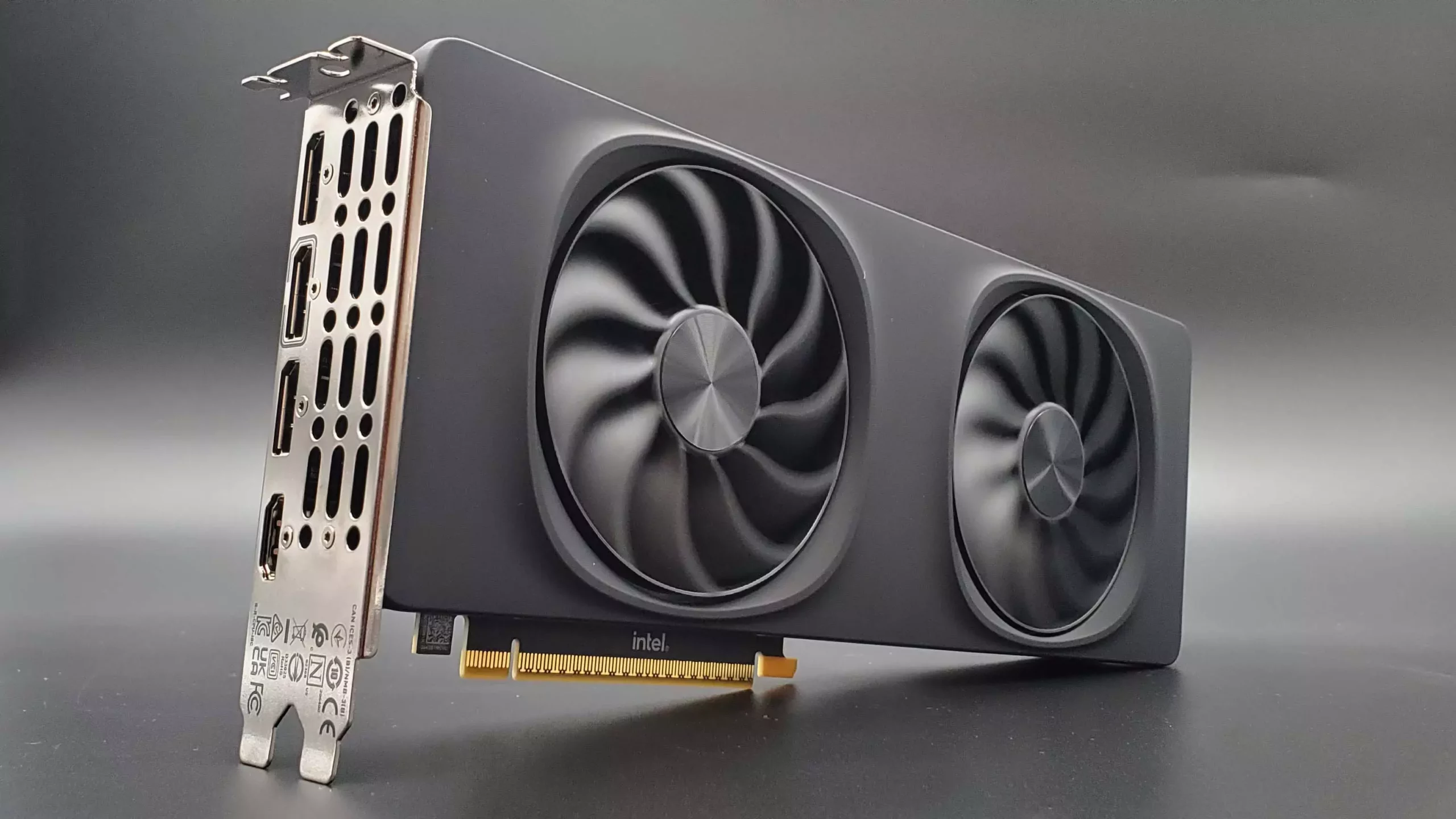In the ever-evolving landscape of gaming technology, anticipation is rife concerning the next potential blockbuster in graphics processing units (GPUs). The latest murmurs point to Intel’s forthcoming Battlemage G31, which has emerged in a shipping manifest—fueling hopes it may emerge as a groundbreaking contender priced around $400. Speculation thrives that this GPU may match or even exceed the performance levels we’ve come to associate with the Nvidia RTX 5070, all while undercutting the price of the RTX 4060 Ti 8GB. This could mark a turning point, as gamers and developers alike seek enhanced experiences without breaking the bank.
A Glimpse into Specifications and Performance Potential
According to discussions sparked by user Haze2K1 on the platform X and reported by Videocardz, the speculated G31 variant is inferred to feature 32 execution units (EUs), a considerable leap from the current Intel Arc B580, which houses only 20 EUs. This architectural improvement suggests a potential performance uplift of around 50%, a striking figure that would position the G31 strategically against formidable competitors like Nvidia and AMD. Such numerics translate to the exciting possibility of improved rendering speeds, superior visual fidelity, and enhanced real-time ray tracing capabilities—features that dominate gamers’ lists of must-haves as titles grow increasingly sophisticated.
However, one must cast a wary eye on these developments. Merely existing as a hypothetical concept on a shipping report does not guarantee a retail launch. Past rumors have suggested that the G31 project faced cancellation during development. Nevertheless, the designation of “R&D” on the shipping manifest does offer a glimmer of optimism, as it typically indicates that the product is not only being tested but could still see a commercial release.
The Context of Competition
It is crucial to recognize the competitive zeitgeist of the GPU market. Nvidia and AMD are both racing towards unveiling their next generations of graphic cards aimed at the mid-to-high-end market. As the window of opportunity narrows for Intel to make a tangible impact with the G31, the effectiveness of its strategic launch becomes paramount. Ideally, Intel would aim for a retail release before 2025, ensuring that it retains relevance among consumers and developers who may otherwise flock towards offerings from established giants in the field.
As we look towards the horizon, one must acknowledge the speed at which consumer expectations evolve. By delaying the launch of a competitive product, Intel risks missing the pivotal momentum needed to kindle interest and excitement among potential buyers, something that could have serious ramifications for market positioning.
The Positive Edge of Intel’s Existing Offerings
Despite the uncertainties surrounding the G31, the existing Intel Arc B580 and B570 graphics cards are worthy of discussion. They showcase impressive ray tracing capabilities and utilize Intel’s XeSS upscaling technology. With the pricing strategy that Intel has adopted for its current graphics lineup, potential G31 consumers can reasonably speculate that it would aim to offer performance akin to an RTX 5070 at a more accessible price point. In a market often burdened by exorbitant pricing, this could become a compelling proposition, appealing to hard-core gamers and casual users alike.
Currently, elevating Intel’s market presence requires not just excellent product specifications but also a narrative that consumers can latch onto. Gamers appreciate value as much as performance, and should the G31 deliver on both fronts, it could theoretically alter the branding landscape for Intel in the gaming sector.
While the discussions surrounding the Battlemage G31 remain speculative, there’s undeniable excitement building around it. If this GPU can successfully marry powerful performance with a wallet-friendly price tag, it could reshape the expectations of what gamers demand—and deserve—from their graphics hardware.

